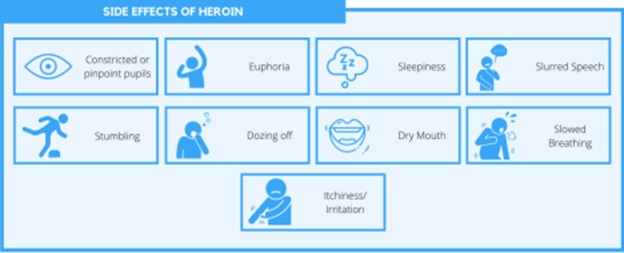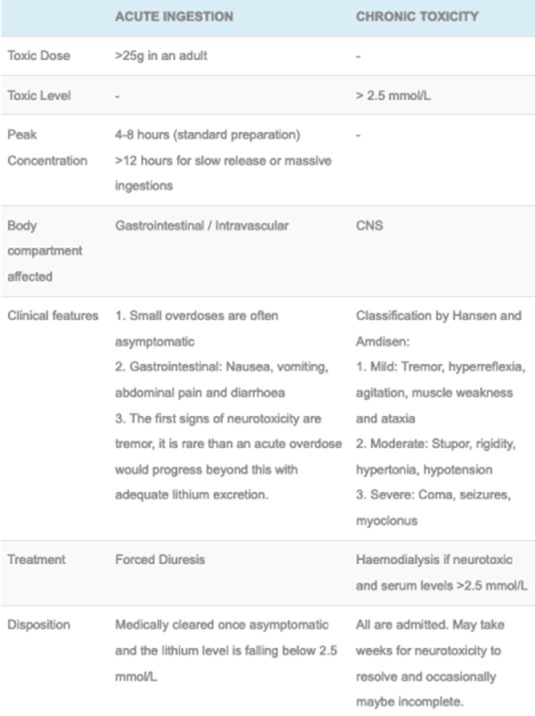A nurse is teaching a community education course about the physical complications related to substance use disorder. Which of the following findings should the nurse include in the discussion as a health risk of heroin use?
Nasal septum perforation
Slowed breathing
Acute pancreatitis
Permanent short-term memory loss
The Correct Answer is B
Heroin is an opioid drug that depresses the central nervous system, which can lead to respiratory depression. This means that heroin can slow down a person's breathing rate, potentially leading to shallow breathing or even stopping of breathing altogether. This is a life-threatening complication and one of the most significant dangers of heroin use.
The other options listed are associated with other substances or conditions:
A- Nasal septum perforation is commonly associated with the use of cocaine, not heroin.
C- Acute pancreatitis is not a commonly reported complication of heroin use.
D- Permanent short-term memory loss is not a specific complication of heroin use, though chronic substance abuse can lead to cognitive impairments and memory problems in general.

Nursing Test Bank
Naxlex Comprehensive Predictor Exams
Related Questions
Correct Answer is C
Explanation
Remaining with the client provides them with a sense of security, reassurance, and support. It shows the client that they are not alone and that the nurse is there to provide assistance and care. By being present and offering a calming presence, the nurse can help the client feel more at ease and gradually reduce their anxiety.
It's important to note that the other options are not the most appropriate actions in this situation:
A- Having the client join a therapy group may be overwhelming and may not be suitable during the acute phase of panic-level anxiety.
B- Suggesting that the client rest in bed may not address their immediate anxiety and may not be feasible if the client is experiencing intense anxiety symptoms.
D- Medicating the client with a sedative should be done based on a healthcare provider's order and assessment of the client's condition. It is not the initial therapeutic intervention and should only be considered if other non-medication interventions are ineffective or if the client's anxiety becomes severe and unmanageable.
Correct Answer is A
Explanation
A.The client runs 4 miles outdoors every afternoon. This is correct. Intense physical activity, especially in hot weather, can lead to dehydration and sodium loss through sweat, both of which can increase the risk of lithium toxicity.
B.The client drinks 2 liters of liquids daily. Adequate fluid intake helps maintain a stable lithium level and is generally recommended to reduce the risk of toxicity.
C. The client eats 2 to 3 gm of sodium-containing foods daily. A consistent intake of sodium helps maintain stable lithium levels. Significant changes in sodium intake, rather than a stable intake, would be more concerning.D. The client eats foods high in tyramine. Tyramine-rich foods are a concern for clients taking MAO inhibitors, not lithium. Therefore, this is not relevant to lithium toxicity.

Whether you are a student looking to ace your exams or a practicing nurse seeking to enhance your expertise , our nursing education contents will empower you with the confidence and competence to make a difference in the lives of patients and become a respected leader in the healthcare field.
Visit Naxlex, invest in your future and unlock endless possibilities with our unparalleled nursing education contents today
Report Wrong Answer on the Current Question
Do you disagree with the answer? If yes, what is your expected answer? Explain.
Kindly be descriptive with the issue you are facing.
